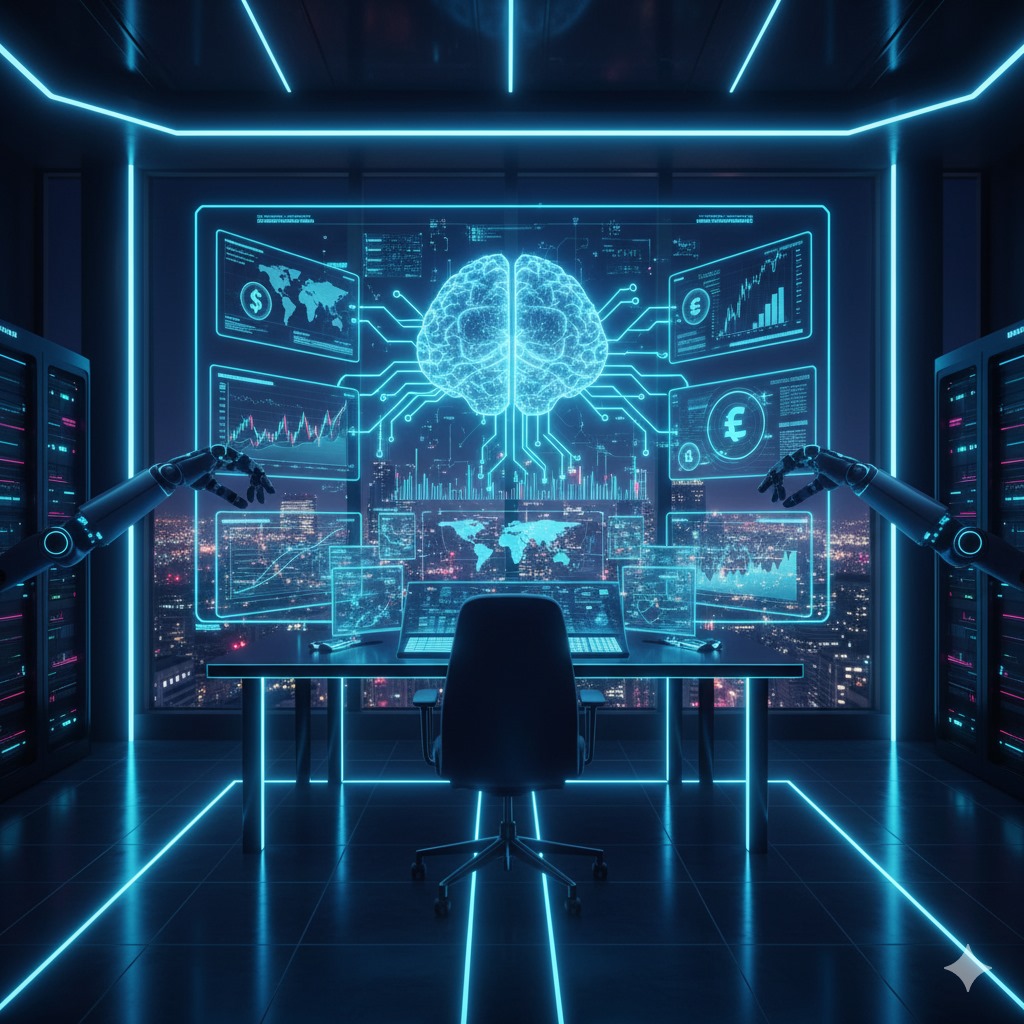
The Future of Automated Trading

Trading has always been a game of speed, information, and discipline. For centuries, humans relied on instincts, experience, and sometimes luck to navigate financial markets. Today, however, machines are stepping into the driver’s seat. Automated trading — once the exclusive playground of big banks and hedge funds — is rapidly becoming mainstream. From artificial intelligence (AI) bots to algorithmic strategies, automation is reshaping how capital moves across the globe.
But with this transformation comes a critical question: What does the future of automated trading look like, and what opportunities and risks does it bring?
What Is Automated Trading?
Automated trading, often referred to as algorithmic or algo trading, involves using pre-programmed rules or AI-driven systems to execute trades without human intervention. These systems analyze market conditions, identify opportunities, and place trades within milliseconds.
Unlike manual trading, which is limited by human reaction times and emotions, automated systems thrive on discipline and speed. They don’t hesitate, get tired, or panic. This makes them powerful tools in today’s global markets where timing can mean everything.
The Opportunities
1. Unparalleled Speed and Efficiency
One of the clearest advantages of automated trading is execution speed. Bots can process vast amounts of market data and execute orders in fractions of a second — far faster than any human could. In markets where prices can swing in milliseconds, this speed provides a competitive edge.
2. Access to Global Markets
With cloud-based platforms and subscription services, traders from Nairobi to New York can tap into global opportunities. Automated trading removes many of the barriers that once kept small traders out of international markets. It democratizes access to strategies once reserved for billion-dollar funds.
3. Emotion-Free Trading
Emotions are often a trader’s biggest enemy. Fear can cause early exits, while greed can keep positions open too long. Automated systems stick to rules, ensuring consistency and removing human bias. This discipline often leads to better long-term results.
4. Advanced Analytics and Machine Learning
Modern automated systems go beyond simple rule-following. AI and machine learning allow bots to learn from past performance, adapt to changing market conditions, and even predict patterns before they fully emerge. This self-improving nature is one of the biggest opportunities for the future.
5. Improved Liquidity and Market Efficiency
As more participants adopt automation, markets become more liquid, with tighter spreads and faster price discovery. This benefits everyone — from institutions to individual retail traders — by reducing transaction costs and improving trade execution.
The Risks
While the potential is enormous, automated trading isn’t without danger. In fact, the very strengths of automation can become weaknesses if not carefully managed.
1. Overreliance on Technology
Traders who blindly trust their bots risk losing control. Automated systems are only as good as the strategies and data they’re built on. A poorly designed algorithm can execute hundreds of bad trades in seconds, wiping out accounts.
2. Black Box Problem
Many AI-driven systems are so complex that even their creators don’t fully understand how decisions are made. This lack of transparency raises concerns. Traders might profit most of the time, but without clarity, they remain vulnerable to unexpected failures.
3. Amplification of Volatility
Automation doesn’t always stabilize markets. In times of stress, bots can magnify problems by executing mass sell-offs or buy-ins simultaneously. This “herding” behavior has been linked to flash crashes — sudden, sharp drops in market prices.
4. Regulatory and Ethical Challenges
As automated trading grows, regulators are grappling with how to ensure fairness and stability. Questions about market manipulation, unequal access to technology, and systemic risks are increasingly on the table. Traders must be prepared for tighter oversight in the future.
5. Cybersecurity Threats
Automation relies heavily on connectivity and data. This makes it a target for cyberattacks. A compromised bot or hacked trading platform can cause financial chaos not only for individual traders but also for entire markets.
The Road Ahead
The future of automated trading will likely be a hybrid model — combining the speed and efficiency of machines with the creativity and judgment of humans. While bots excel at crunching numbers and executing trades, humans bring context, ethical reasoning, and long-term vision.
We can also expect broader adoption across all levels of trading. Retail traders will gain more user-friendly AI tools, while institutions will continue to push the boundaries of machine learning and quantum computing in finance.
At the same time, regulators will play a crucial role. Striking the right balance between encouraging innovation and protecting markets from instability will shape how automated trading evolves. Transparency, fairness, and resilience will become key priorities.
Conclusion
Automated trading is no longer just the future — it’s the present. The opportunities it brings are undeniable: speed, discipline, access, and adaptability. Yet the risks are equally significant, ranging from volatility amplification to regulatory challenges.
For serious traders and investors, the message is clear: automation is a tool, not a magic wand. Those who use it wisely — blending human intuition with machine intelligence — will thrive in the evolving financial landscape. Those who ignore its risks may find themselves on the losing side of the trade.
The future of trading belongs to those who can strike this balance.

elpais